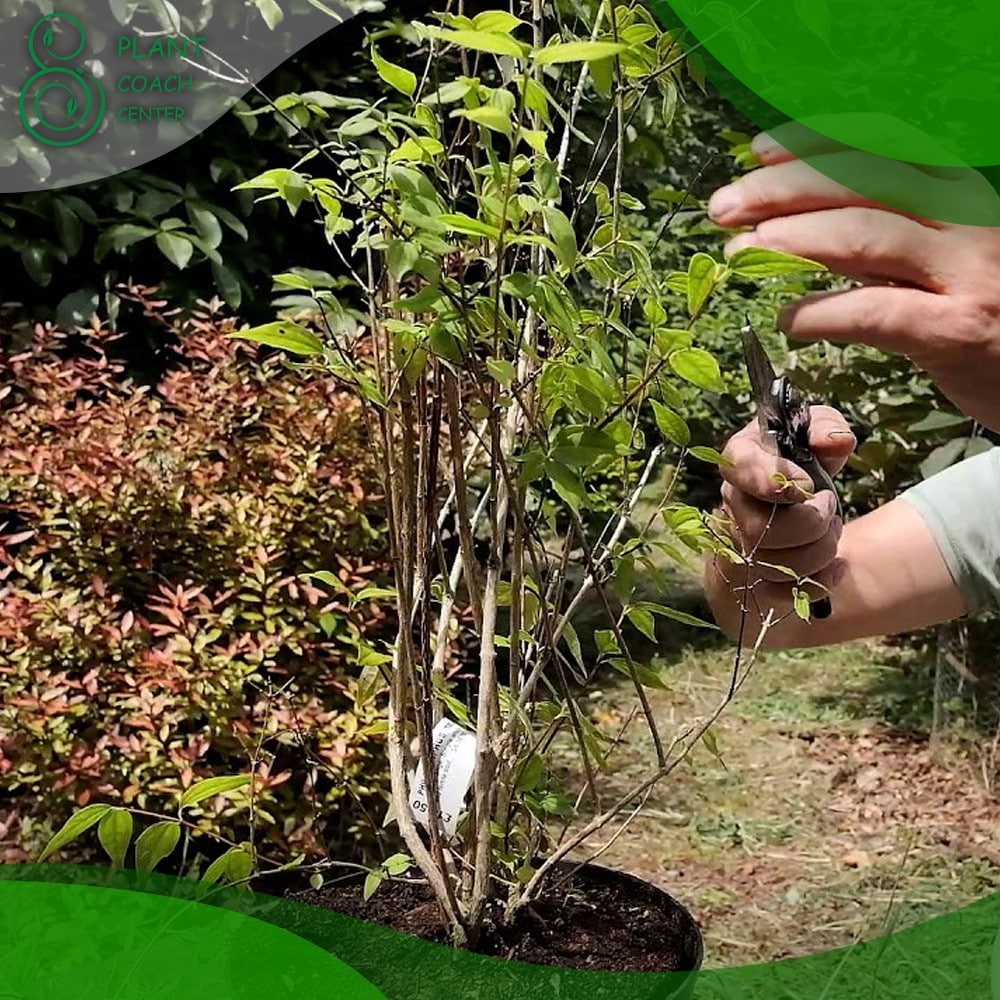Introduction to When to Prune Ninebark
Ninebark (Physocarpus) is a stunning deciduous shrub known for its attractive foliage, colorful bark, and delicate flowers. As a proud plant owner, you want to ensure that your Ninebark thrives and maintains its beauty throughout the year. Pruning plays a crucial role in maintaining the health, shape, and longevity of your shrub. In this comprehensive guide, we will explore the best practices for pruning Ninebark, including the optimal timing, techniques, and common issues faced by plant owners.
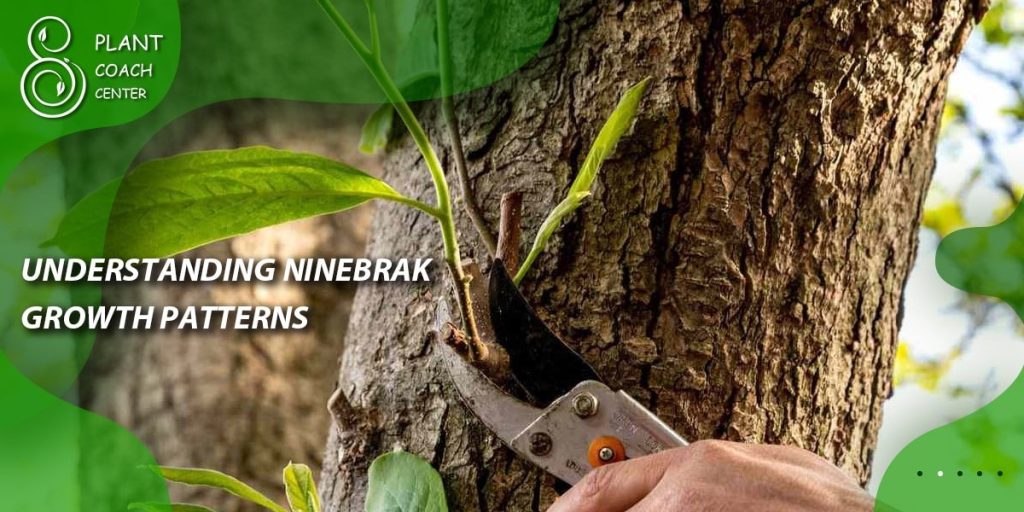
Understanding Ninebark Growth Patterns
Ninebark shrubs exhibit distinct growth patterns that are important to understand before diving into the pruning process. By familiarizing yourself with the life cycle and growth stages of your Ninebark, you can make informed decisions about when and how to prune it effectively. Here are some key characteristics to consider:
– Ninebark shrubs are known for their multi-stemmed growth habit, reaching heights of 6 to 10 feet.
– The shrub produces delightful clusters of flowers in various colors, such as white, pink, or burgundy, during the spring and summer months.
– As the name suggests, Ninebark boasts beautiful peeling bark that reveals layers of different hues, adding visual interest to your landscape.
– Understanding the factors that influence Ninebark growth, such as sunlight, moisture, and soil conditions, will help you determine the best pruning strategy.
Benefits of Pruning Ninebark
Pruning is not just about shaping your Ninebark shrub; it offers a range of benefits that contribute to its overall health and appearance. Let’s explore the advantages of pruning:
Enhanced Health and Vigor
– Pruning removes dead, diseased, or damaged branches, preventing the spread of infections and promoting plant vitality.
– Proper pruning increases air circulation and sunlight penetration, reducing the risk of fungal diseases and encouraging robust growth.
– By selectively pruning, you can enhance the shrub’s overall structure, improving its ability to withstand adverse weather conditions.
Improved Appearance and Aesthetics
– Pruning allows you to shape your Ninebark according to your desired aesthetic preferences, whether it be a neat hedge or a more natural form.
– Removing overgrown or crossing branches enhances the shrub’s symmetry and prevents overcrowding.
– Pruning encourages the development of vibrant foliage, abundant flowers, and colorful bark, enhancing the visual appeal of your landscape.
Control of Size and Shape
– Regular pruning controls the size of your Ninebark, preventing it from outgrowing its allocated space.
– By selectively removing branches, you can shape the shrub to fit your desired dimensions, ensuring it harmonizes with the surrounding plants and structures.
– Pruning also helps maintain a manageable size for easier maintenance and access to other areas of your garden.
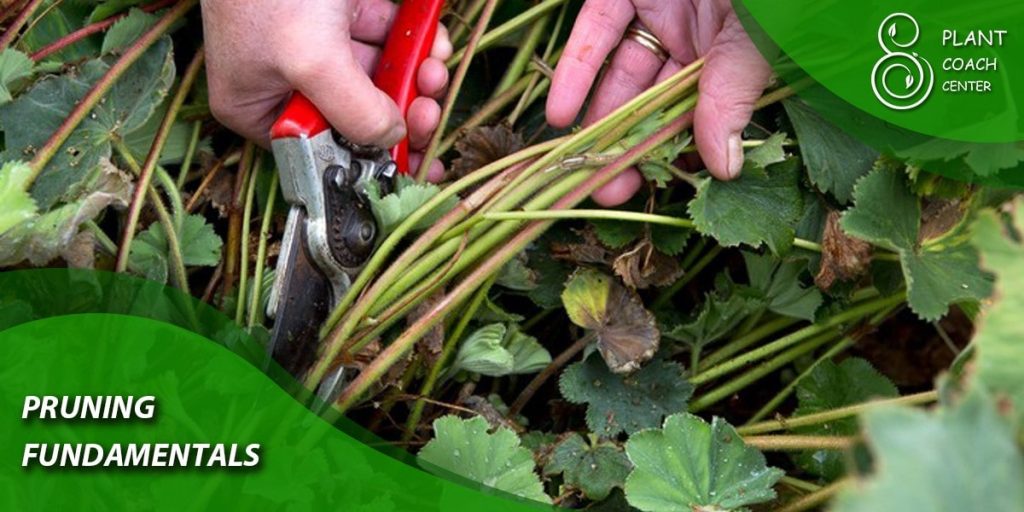
Pruning Fundamentals
To effectively prune your Ninebark shrub, it’s essential to familiarize yourself with the fundamental tools, techniques, and safety precautions involved in the process.
Tools and Equipment
Having the right tools at your disposal will make pruning easier and more efficient. Here are some essential tools for pruning Ninebark:
- Pruning Shears: Use sharp bypass pruning shears for cutting small branches up to ½ inch in diameter.
- Loppers: Long-handled loppers with a bypass or anvil cutting mechanism are suitable for cutting thicker branches, typically up to 1 ½ inches in diameter.
- Pruning Saw: A pruning saw with a curved blade is useful for cutting larger branches that cannot be handled by shears or loppers.
- Gloves: Wear sturdy gardening gloves to protect your hands from thorns, sharp edges, and potential irritants.
- Safety Goggles: Safety goggles provide eye protection from flying debris and wood chips during pruning.
Pruning Techniques and Terminology
Understanding the correct techniques and terminology associated with pruning will help you achieve the desired results. Here are some key techniques to consider:
- Thinning: Thinning involves selectively removing entire branches back to their point of origin or to a lateral branch. This technique enhances air circulation and reduces the shrub’s density.
- Heading: Heading refers to cutting back the tips of branches to stimulate new growth. It is often used for shaping purposes or to encourage bushier growth.
- Rejuvenation: Rejuvenation pruning involves cutting the entire shrub down to a height of 6 to 12 inches from the ground. This drastic method is employed to revive overgrown or neglected Ninebark shrubs.
Safety Precautions
Pruning can be physically demanding and potentially hazardous. To ensure your safety during the process, follow these precautions:
- Wear protective clothing: Apart from gloves and safety goggles, wear long sleeves, long pants, and closed-toe shoes to protect your skin from scratches and cuts.
- Use proper ladder safety: If pruning requires reaching higher branches, use a sturdy ladder and have someone assist you.
- Be cautious of power lines: If your Ninebark is located near power lines, exercise extreme caution or consider hiring a professional arborist to handle the pruning.
- Clean and sharpen your tools: Before pruning, make sure your tools are clean, sharp, and in good working condition to ensure clean cuts and reduce the risk of accidents.
Factors to Consider Before Pruning Ninebark
Before picking up those pruning shears, it’s crucial to consider several factors that will influence the timing and approach to pruning your Ninebark shrub. Let’s explore these factors:
Climate and Hardiness Zones
Different climates and hardiness zones impact the optimal timing for pruning Ninebark. Consider the following:
- Cold Climates: In colder regions, it’s generally recommended to prune Ninebark in late winter or early spring before new growth begins. This timing allows the shrub to recover from pruning stress and encourages vigorous growth during the upcoming growing season.
- Warmer Climates: In warmer regions, where frost is less of a concern, pruning can be done in late winter or early spring as well. However, you may also consider pruning in early fall to avoid pruning during the hottest months.
Soil Conditions and Moisture Levels
The condition of your soil and moisture levels play a significant role in Ninebark’s growth and health. Consider the following:
- Soil Drainage: Ninebark prefers well-draining soil. If your soil retains excess moisture, it’s advisable to prune Ninebark in spring to allow better air circulation and prevent waterlogged conditions.
- Drought Conditions: In regions experiencing drought, pruning Ninebark in early spring can help conserve moisture and promote healthier growth.
Plant Age and Maturity
The age and maturity of your Ninebark shrub will also influence the timing and extent of pruning:
- Young Ninebark Shrubs: Young shrubs require less pruning initially, as their growth is still developing. Focus on removing any dead or damaged branches and shaping the plant gradually.
- Established Ninebark Shrubs: Established shrubs can tolerate more extensive pruning. Regular maintenance pruning is recommended to remove deadwood, encourage new growth, and maintain the desired form.
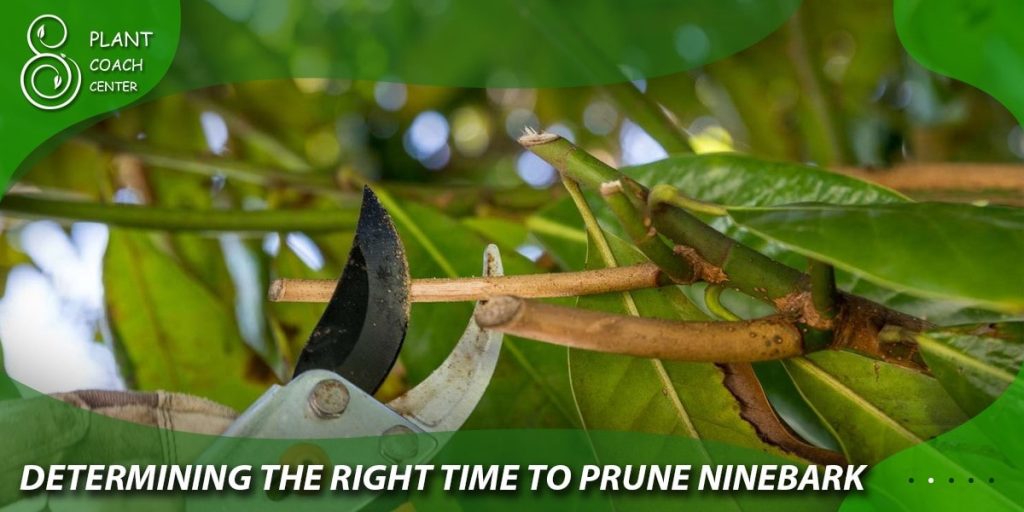
Determining the Right Time to Prune Ninebark
The timing of pruning plays a crucial role in the overall health and growth of your Ninebark shrub. Understanding the seasonal timing, recognizing signs that indicate the need for pruning, and considering the flowering and fruiting cycles will help you determine the right time to prune.
Seasonal Timing
- Pruning in Spring: Spring is an ideal time for pruning Ninebark, especially in colder climates. Pruning before new growth emerges allows the shrub to allocate energy to new shoots and promotes vigorous growth. Aim to prune in late winter or early spring, before buds swell or break dormancy.
- Pruning in Summer: Summer pruning is generally avoided for Ninebark, as it can disrupt the shrub’s natural growth cycle and reduce flowering potential. However, light pruning to remove unsightly or damaged branches can be done if necessary.
- Pruning in Fall: Pruning in fall is not recommended for Ninebark, as it can stimulate new growth that may not have time to harden off before winter. This can make the shrub more susceptible to frost damage.
- Pruning in Winter: Pruning in winter can be done in milder climates or regions with less severe winters. It’s important to avoid pruning during periods of extreme cold or when the shrub is frozen to prevent damage.
Signs Indicating the Need for Pruning
- Dead or Diseased Branches: Prune any dead, diseased, or damaged branches as soon as you notice them. This will prevent the spread of disease and promote overall plant health.
- Overgrown or Leggy Growth: If your Ninebark has become overgrown or developed leggy growth, it may benefit from rejuvenation pruning. This drastic pruning technique involves cutting the shrub back to a height of 6 to 12 inches from the ground to encourage new, more compact growth.
- Crossing or Rubbing Branches: Remove any branches that are crossing or rubbing against each other. This will prevent bark damage and promote a healthier structure.
Understanding Flowering and Fruiting Cycles
Consider the flowering and fruiting cycles of your Ninebark when determining the timing of pruning:
- Flowering Time: Ninebark produces beautiful clusters of flowers in spring and summer. If you want to enjoy the maximum floral display, prune immediately after flowering. This ensures that you don’t remove the buds that have already formed for the next season.
- Fruiting Time: Pruning immediately after fruiting allows you to enjoy the fruit display while still maintaining the shrub’s overall health and shape.
By taking these factors into account, you can determine the most appropriate time to prune your Ninebark, ensuring optimal growth and flourishing blooms.
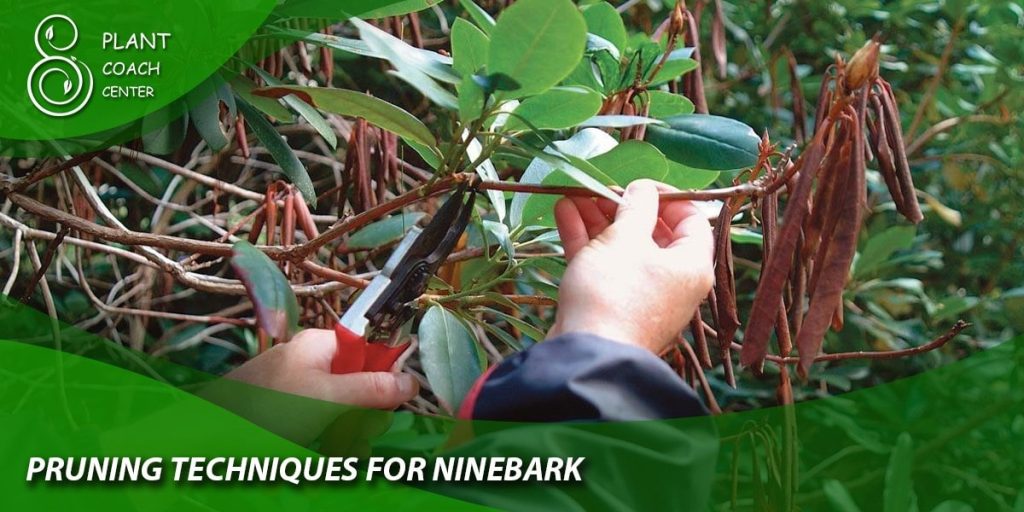
Pruning Techniques for Ninebark
Now that you have determined the right time to prune, let’s explore the various techniques you can employ for pruning Ninebark.
Pruning Young Ninebark Shrubs
Young Ninebark shrubs require less pruning initially, as their growth is still developing. Here are some guidelines for pruning young shrubs:
- Remove Dead or Damaged Branches: Start by removing any dead, diseased, or damaged branches. This promotes plant health and prevents the spread of diseases.
- Shape the Shrub: If necessary, lightly shape the shrub by selectively pruning branches that are growing in undesirable directions or causing overcrowding.
- Minimal Heading: Avoid excessive heading cuts on young shrubs, as this can hinder their natural growth and development. Instead, focus on minimal shaping to encourage a well-balanced structure.
Maintenance Pruning for Established Ninebark
Established Ninebark shrubs benefit from regular maintenance pruning to maintain their health and shape. Follow these steps for maintenance pruning:
- Remove Deadwood: Identify and remove any dead or dying branches. This improves the shrub’s appearance and prevents the spread of diseases.
- Thin Out Dense Growth: Thin out the interior of the shrub to improve airflow and sunlight penetration. Remove any crossing, rubbing, or inward-growing branches.
- Shape and Control Size: Prune selectively to shape the shrub according to your desired form. Remove branches that are growing too far beyond the desired size or shape.
Rejuvenation Pruning for Overgrown Ninebark
If your Ninebark shrub has become overgrown, leggy, or neglected, rejuvenation pruning can help revitalize it. Follow these steps for rejuvenation pruning:
- Drastic Reduction: Cut the entire shrub back to a height of 6 to 12 inches from the ground. This may seem extreme, but it stimulates new growth and helps restore the shrub’s vitality.
- Remove Deadwood: While performing rejuvenation pruning, remove any dead or diseased branches.
- Patience and Care: After rejuvenation pruning, be patient as the shrub starts to regrow. Provide proper care, including adequate watering and fertilization, to support its recovery.

Conclusion
pruning Ninebark shrubs requires a solid understanding of fundamental tools, techniques, and safety measures. By utilizing proper tools such as pruning shears, loppers, and a pruning saw, you can achieve clean and effective cuts. It’s vital to consider factors like climate, soil conditions, plant age, and flowering cycles when determining the optimal time to prune.
Whether it’s maintenance pruning for established shrubs, shaping young shrubs, or rejuvenation pruning for overgrown ones, following the appropriate techniques will promote healthier growth and maintain the desired form. Remember to prioritize safety precautions and seek professional assistance when necessary.
Remember to visit plantcoachcenter.com for more information and resources on plant coaching and gardening tips. Happy pruning and enjoy the beauty of your well-maintained Ninebark shrubs.
What are the essential tools for pruning Ninebark?
Pruning shears, loppers, pruning saw, gloves, safety goggles.
When is the best time to prune Ninebark?
Late winter or early spring before new growth begins.
How should I prune young Ninebark shrubs?
Remove dead branches, shape lightly, minimal heading.
What is rejuvenation pruning?
Cutting the shrub back to 6-12 inches from the ground to stimulate new growth.


